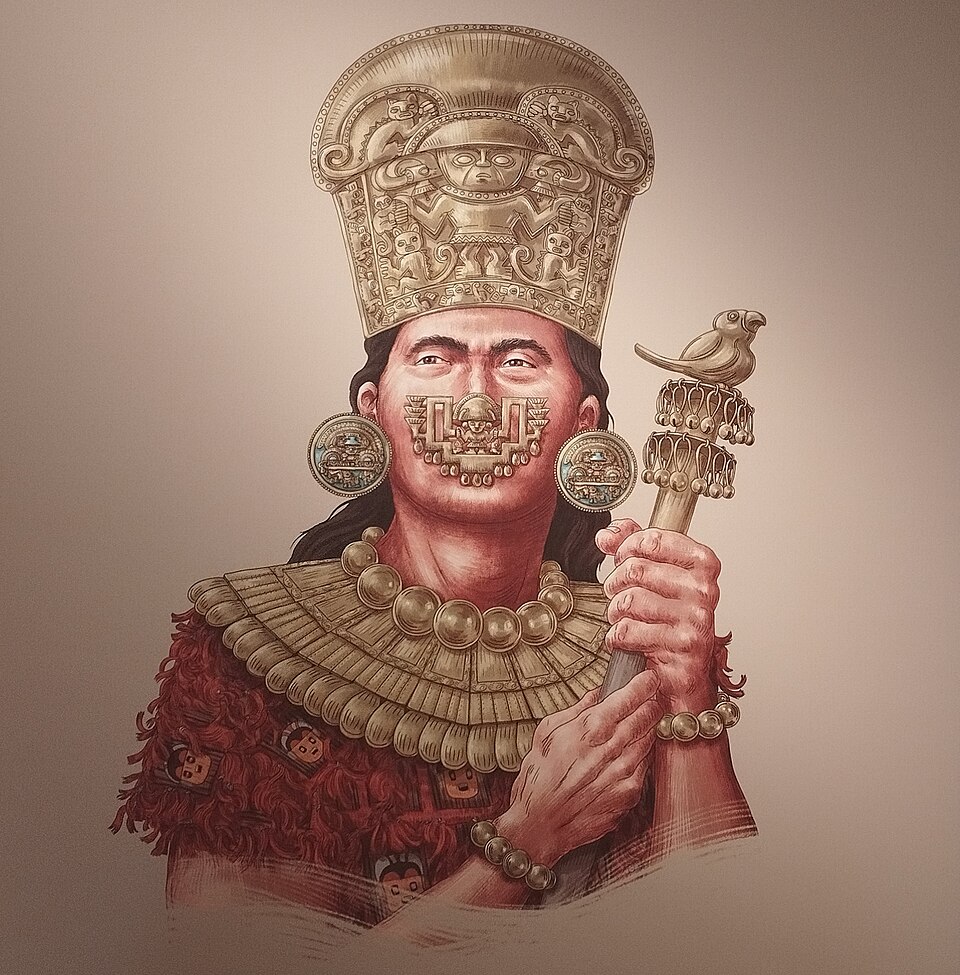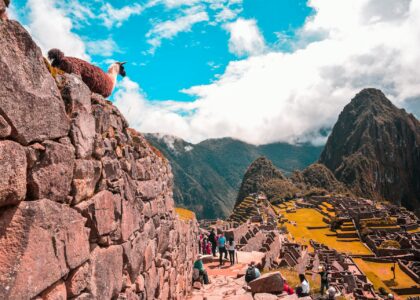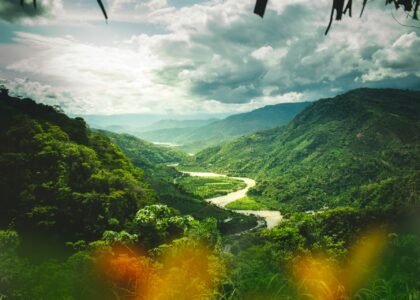Northern Peru has been home to some of the most fascinating societies in pre-Columbian history. From the sophisticated irrigation systems of the Moche culture to the expansive empire of the Chimú, this region’s archaeological sites offer a window into how early Andean peoples adapted, innovated, and thrived. These cultures not only shaped the identity of modern Peru but also provide unique learning opportunities for students and travelers alike.
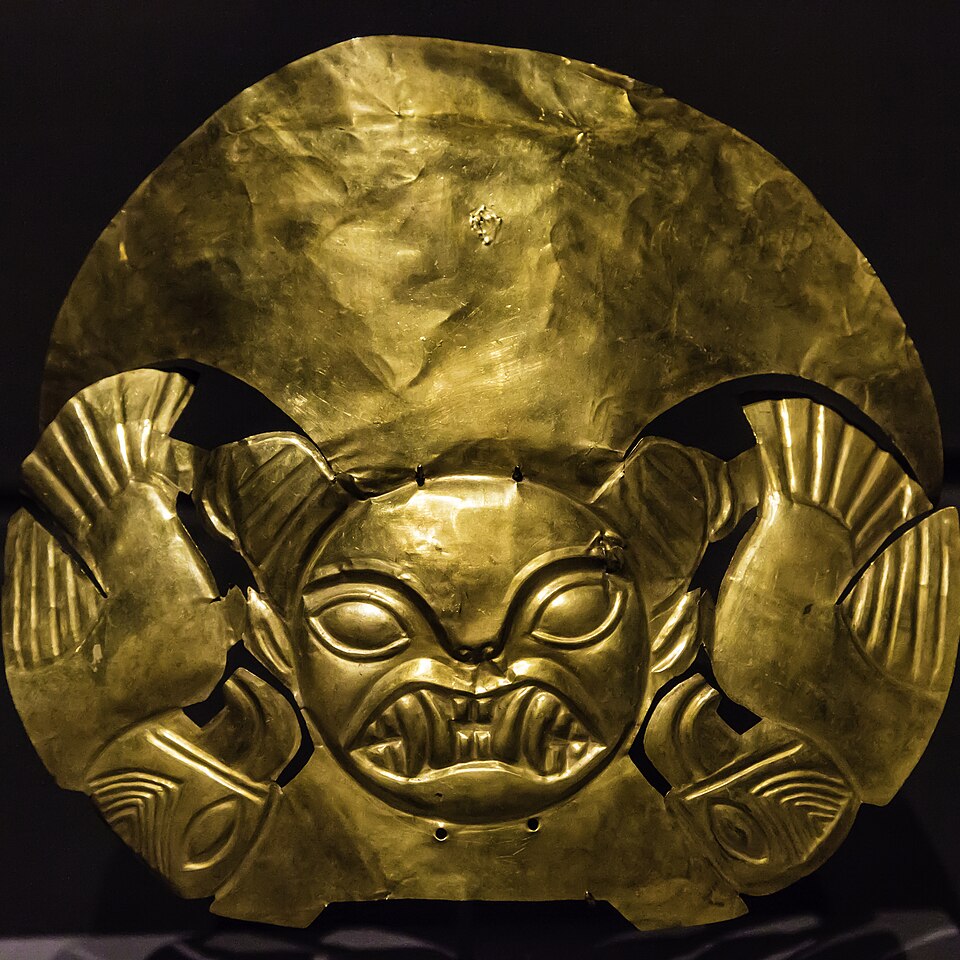
The Rise of the Moche Culture in Northern Peru
their masterful engineering and artistry. They constructed massive adobe pyramids like Huaca del Sol and Huaca de la Luna, adorned with vibrant murals depicting ceremonies, deities, and warriors. Metalworking, irrigation canals, and elaborate ceramics reflect a civilization far ahead of its time. For students exploring hands-on history, these sites provide powerful insight into how early societies functioned and expressed their beliefs. To see how such destinations enhance global awareness, explore our guide on Top Educational Travel Destinations for High School Students.
The Legacy of the Chimú Civilization in Northern Peru
After the Moche declined, the Chimú rose to prominence around AD 900. Their capital, Chan Chan, is the largest adobe city in the world and a testament to urban planning in ancient times. With palaces, temples, and a complex canal system, the Chimú demonstrated an advanced understanding of architecture and community design. Chan Chan is not only a UNESCO site but also a place to discuss sustainable development and cultural resilience. To understand how travel can spark such conversations, read about our experiences volunteering in rural communities in Latin America and Africa.
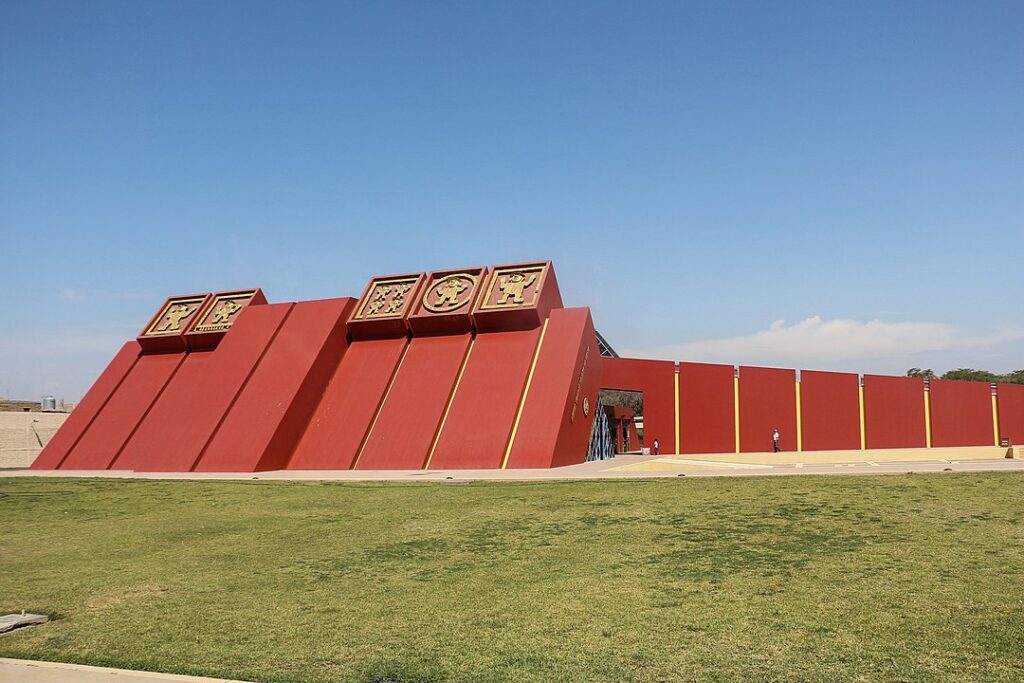
More Ancient Voices: Cultures Beyond the Moche and Chimú
Northern Peru’s rich past does not stop with the Moche and Chimú. The Lambayeque (or Sican) culture, known for its gold funerary masks and intricate tombs, contributed significantly to regional art and trade. The Virú culture also played a role in shaping early northern civilizations. Each of these groups left behind detailed ceramics and ceremonial artifacts that scholars continue to study. For a wider lens on Peru’s historical and environmental context, visit our exploration of Andean ecology and social challenges in Peru.
Incorporating local school visits into archaeological travel makes history come alive. Learn more about these immersive opportunities through our feature on teaching and learning in multilingual classrooms abroad.
Why Northern Peru Matters in Modern Education
Northern Peru offers more than ruins. It offers lessons in adaptation, cooperation, and cultural continuity. Ancient agricultural innovations, such as the use of canals and terraces, still influence farming today. The region’s biodiversity and ecological systems also provide a natural complement to its historical significance. For those interested in environmental education, read our overview on Peru’s biodiversity and eco-conservation efforts.
To experience how ancient culture and modern education intersect, see what our students discovered in our cultural immersion programs in Peru.
Engaged Education - Transformative Educational Travel Experiences
Ready to explore Northern Peru’s archaeological wonders with Engaged Education? Download our full travel guide and Brochure.
For less than the cost of a coffee each month, you can directly assist communities in need by becoming a monthly donor. Your support helps empower low-income communities and sustain educational programs across Latin America and Africa.



